Native Americans
Smithland, KY
Mantle Rock - 1/2 mile. During winter of 1838-1839, the Cherokees were forced to leave their Smoky Mountain homes for Oklahoma territory. Mantle Rock, a 40-foot sandstone arch, was used for shelter on their "Trail of Tears." Since the icy Ohio River had no ferry traffic, the Indians sought cover beneath the arch. Many died there. Mantle Rock was also campsite for ancient Indians
Fort Stockton, TX
Site of Comanche Springs. Used as a watering place and camping ground by Indians since Pre-Columbian times, the Springs were possibly visited about 1536 by Spaniard Cabeza de Vaca on his wanderings through Texas. The expedition of Juan de Mendoza, with his party of Spaniards and Jumano Indians, camped near the waters in 1684. The six major, gushing springs and the beautiful river they formed resulted from water seeping up through geological faults to the earth's surface. The reservoir which supplied them was located in the formation known as "Trinity Sand." The Springs, among the largest in all Texas, were one of the few good watering places in this arid region. They supplied Indians raiding into Mexico on the nearby Comanche war trail and also gold seekers traveling to California on the southern route, 1849 and later. Butterfield Overland Mail stage stopped here as well, and after 1859 the Springs provided water for Fort Stockton, which was founded both to protect the mail and stop the Comanche raids. The Springs began to be tapped for irrigation as early as 1875, but today irrigation projects to the north and west have reduced the underground water supply so much that the Springs no longer flow
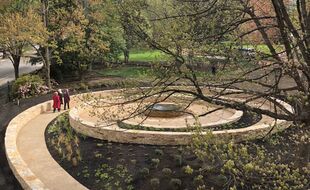
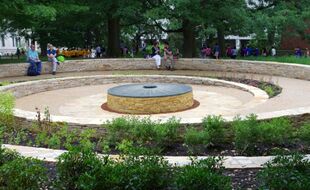
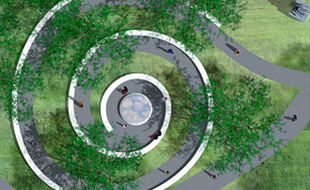
The Mantle was commissioned in recognition of the legacy and contribution by Native American tribes in Virginia. The monument is in the shape of a Nautilus. There is a footpath and a stonewall that form the spiral shape. This shape is supposed to represent the circular dance formations that are a common theme in the American Indian culture. Native plant species are used around the memorial. The monument is embedded into the natural world and honors the significance of nature in the culture. There is a meditation area and infinity pool in the center of the memorial. The sculpture is decorated with life-size reliefs of corn, squash, and beans, and other objects significant to the region and the Native Americans. The memorial serves as a gathering spot where groups can come together and celebrate their heritage and culture.
National Museum of the American Indian
Washington D.C
The memorial was established by the Smithsonian's National Museum of the American Indian after taking up the charge given by Congress in 1994 authorizing the NMAI a National Native American Veterans Memorial. The Memorial sits on the grounds of the museum on the National Mall in Washington, D.C. Its purpose is to honor the military service of the American Indian, Native Hawaiian, and Alaska Native veterans, who served in the armed forces.
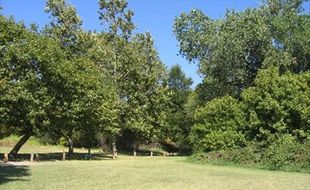
Sutter's Fort State Historic Park
This is the site of one of the largest Indian villages and cemeteries in the Central Valley. No physical structures remain.

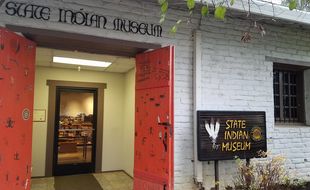

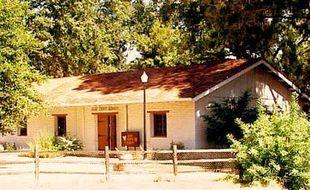
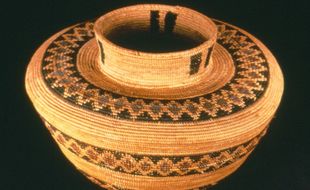
State Indian Museum, Sacramento CA
California's first Indian museum. Opening in 1940 and updated in 1984, this museum is still in use.
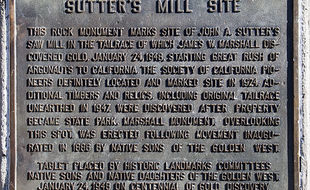

Marshall Gold Discovery State Historic Park, Coloma CA
This site marks the spot where gold was discovered by John Marshall at Sutter's Mill in 1849.
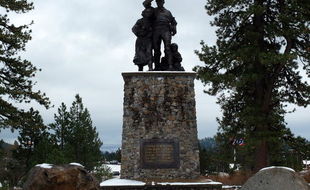
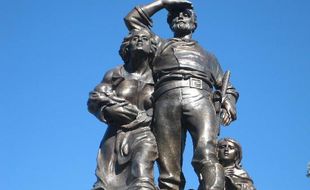
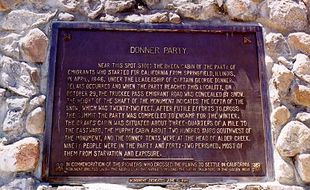
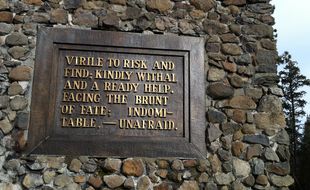

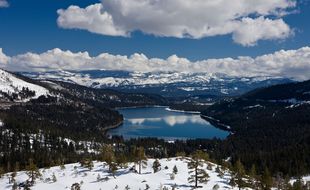
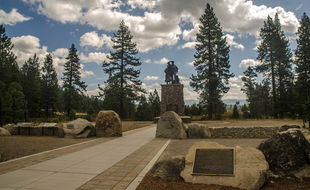
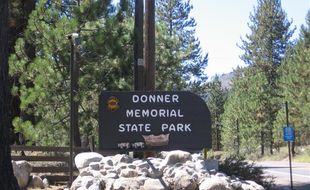
Truckee, California
This California State Park is located by Donner Lake and centered around the Pioneer Monument. This bronze memorial depicts three settlers looking West, and stands atop a 22 foot stone pedestal erected on the on the site of one of the cabins used by the infamous Donner Party during the winter of 1846. The park has recreational activities and a visitor's center with a museum chronically the history of the area from the time of the Native Americans to the modern day.



Jerome, Missouri Heading west on I-44, exit 172 (Jerome). Turn immediately north, then right at the T-intersection at Hwy D toward Jerome. The Trail of Tears Memorial is a few hundred yards on the left.
The Trail of Tears Memorial was built by Larry Baggett to memorialize the plight of the Cherokee Nation’s forced march and relocation from the southeastern United States to Indian Territory in Oklahoma. Most of the concrete work is encrusted with local stone. Mr. Baggett studied Indian culture, astrology and numerology, and told visitors he created the monument to memorialize the plight of Native Americans, to whoms' ghosts he could speak with.
